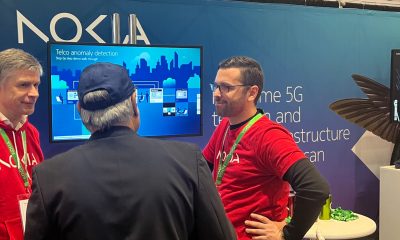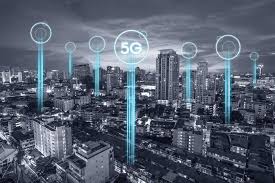Mobile Services
Digital transformation to contribute US$154 billion to India GDP by 2021
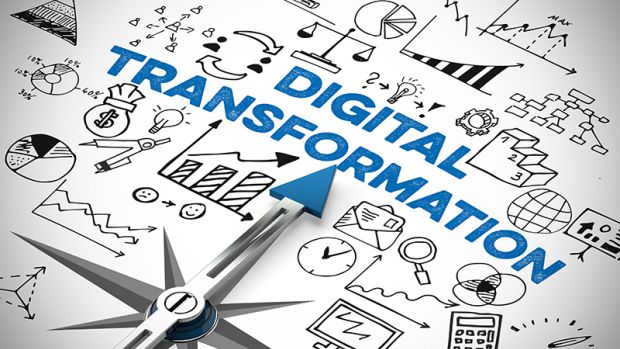
 NEW DELHI: By 2021, digital transformation will add an estimated US$154 billion to India’s GDP, and increase the growth rate by 1.0% annually, according to a new business study released today.
NEW DELHI: By 2021, digital transformation will add an estimated US$154 billion to India’s GDP, and increase the growth rate by 1.0% annually, according to a new business study released today.
The research, “Unlocking the Economic Impact of Digital Transformation in Asia Pacific”, was produced by Microsoft in partnership with IDC Asia/Pacific.
The study predicts a dramatic acceleration in the pace of digital transformation across India and Asia Pacific’s economies. In 2017, about 4% of India’s GDP was derived from digital products and services created directly through the use of digital technologies, such as mobility, cloud, Internet of Things (IoT), and artificial intelligence (AI).
“India is clearly on the digital transformation fast track. Within the next four years, it is estimated that nearly 60% of India’s GDP will have a strong connection to the digital transformation trends.” said Anant Maheshwari, President, Microsoft India.
“Organizations are increasingly deploying emerging technologies such as artificial intelligence, and that will accelerate digital transformation led growth even further,” he added.
The survey conducted with 1,560 business decision makers in mid and large-sized organizations across 15 economies in the region highlights the rapid impact and widespread disruption that digital transformation is having on traditional business models. The study identified five key benefits from digital transformation.
According to the research findings, organizations are seeing significant and tangible improvements from their digital transformation efforts across these benefits in the range of 11% to 14% today. Business leaders expect to see more than 40% improvements in those key areas by 2020, with the biggest jump expected in productivity, customer advocacy as well as profit margin.
Digital Leaders in India to Gain Lion’s Share of Economic Opportunities
The study indicates that while 90% of organizations in India are in the midst of their digital transformation journey, only 7% in the entire region can be classified as Leaders. These are organizations that have full or progressing digital transformation strategies, with at least a third of their revenue derived from digital products and services. In addition, these companies are seeing between 20 – 30% improvements in benefits across various business areas from their initiatives.
The study indicates that Leaders experience double the benefits of Followers, and these improvements will be more pronounced by 2020. Almost half of Leaders (48%) have a full digital transformation strategy in place.
Adds Sangita Reddy, Joint Managing Director, Apollo Hospitals Enterprise Ltd., one of India’s Leaders in Digital Transformation, “Apollo Hospitals recognized the potential of technologies like artificial intelligence, machine learning and data analytics in providing high quality preventive healthcare services, very early on. With data being generated at an exponential proportion, technology is helping us derive insights to predict and suggest preventive steps with utmost accuracy. Our partnership with Microsoft bring us to the forefront of this remarkable metamorphosis that is allowing us to meet healthcare demand and maintain service excellence regardless of geography.”
The Study identified key differences between Leaders and Followers, which contribute to the improvements tracked:
· Leaders are more concerned about competitors and emergence of disruptive technologies: The digital economy has also given rise to new types of competitors, as well as emerging technologies such as AI that have contributed to the disruption of business models.
· Business agility and culture of innovation are key goals: When addressing business concerns, Leaders are focused on creating a culture of agility and innovation to counter competition. Followers, on the other hand, are more focused on improving employee productivity and profitability.
· Measuring digital transformation successes: Organizations across Asia Pacific are starting to adopt new key performance indicators (KPI) to better measure their digital transformation initiatives, such as effectiveness of processes, data as a capital, and customer advocacy in the form of Net Promoter Score (NPS). As organizations realize the potential of data as the new oil for the digital economy, Leaders are much more focused on leveraging data to grow revenue and productivity, and to transform business models.
· Leaders are more aware of challenges in their digital transformation journeys: In addition to skills and cybersecurity threats as key challenges, Leaders have also identified the need to bolster their data capabilities through the use of advanced analytics to develop actionable insights in fast-moving markets.
· Leaders are looking to invest in AI and Internet of Things: Emerging technologies such as AI (including cognitive services and robotics) and IoT are areas where Leaders are investing in for 2018. Besides these emerging technologies, Leaders are also more interested in investing in big data analytics to mine data for actionable insights than others.
· What sets Leaders apart from others are their ability to ride on the digital transformation wave from an organizational culture perspective. The study found that Leaders have these traits:
“There is a pressing need for organizations to fully capitalize on the potential value of digital transformation in the next few years. To do so, organizations need to invest in building their ecosystem, from employees, to customers, to partners, across their value chain by gaining new insights through new data sources, and incorporating digitization in their products and services, said Anil Bhansali, Managing Director, Microsoft India (R&D) “Microsoft is uniquely positioned to help organizations in India to succeed in their digital transformation journeys today through our agile platforms and solutions that prioritize flexibility, integration and trust. We understand what organizations will need to make their journeys a successful one”, he added.
Riding the Wave of Digital Transformation
Organizations in Asia Pacific need to accelerate their digital transformation journey to reap the full benefits of their initiatives, and to address the invisible revolution brought about the mass adoption of AI. More importantly, companies need to focus on capitalizing their own data in order to gain new market insights, create new digital products and services, and monetize data through data sharing securely, and in collaboration with its ecosystem.
Microsoft recommends organizations to adopt the following strategies to become a digital transformation Leader:
1. Create a digital culture: An organization need to build a culture of collaboration where it is connected across business functions, and has a vibrant and mature ecosystem of customers and partners. Data can then be embraced across organization and functions, where better decisions can be made and ultimately serving the needs of customers and partners better.
2. Build an information ecosystem: In a digital world, organizations are capture more volumes of data internally and externally. The key to becoming a Leader is for organizations to be able to convert data into capital assets, and enable data sharing and collaboration internally and externally in an open yet trusted manner. In addition, a proper data strategy will allow businesses to start their AI initiatives to identify connections, insights and trends.
3. Embrace micro-revolutions: In most cases, digital transformation efforts do not start with widespread change, but a series of micro-revolutions. These are small, quick projects that deliver positive business outcomes and accrue to a bigger and bolder digital transformation initiatives.
4. Develop Future Ready Skills for Individuals and Organizations: Organizations today must relook at training and reskilling its workforce so that workers are equipped with future ready skill sets such as complex problem solving, critical thinking and creativity for the digital economy. More importantly, they need to rebalance the workforce to attain and attract key digital talents, as well as be open in creating a flexible work source model where they tap into skills-based marketplace. From a digital skills perspective, LinkedIn’s latest study[2] outlines the ABCs of digital talents required for future economies in the region – artificial intelligence, big data and cloud computing. In India, the top in-demand skills are big data, artificial intelligence, and cloud computing.
“The pace of digital transformation is accelerating, and IDC expects that by 2021, at least 60% of India’s GDP will be derived from digital products and services, with growth in every industry driven by digitally enhanced offerings, operations and relationships. The study shows Leaders seeing double the benefits of Followers, with improvements in productivity, cost reductions, and customer advocacy. To remain competitive, organizations must establish new metrics, realign organization structures, and re-architect their technology platform,” said Daniel-Zoe Jimenez, Research Director Digital Transformation Practice Lead, IDC Asia/Pacific.
5g
Airtel announces its largest ever 5G roll-out in 125 cities
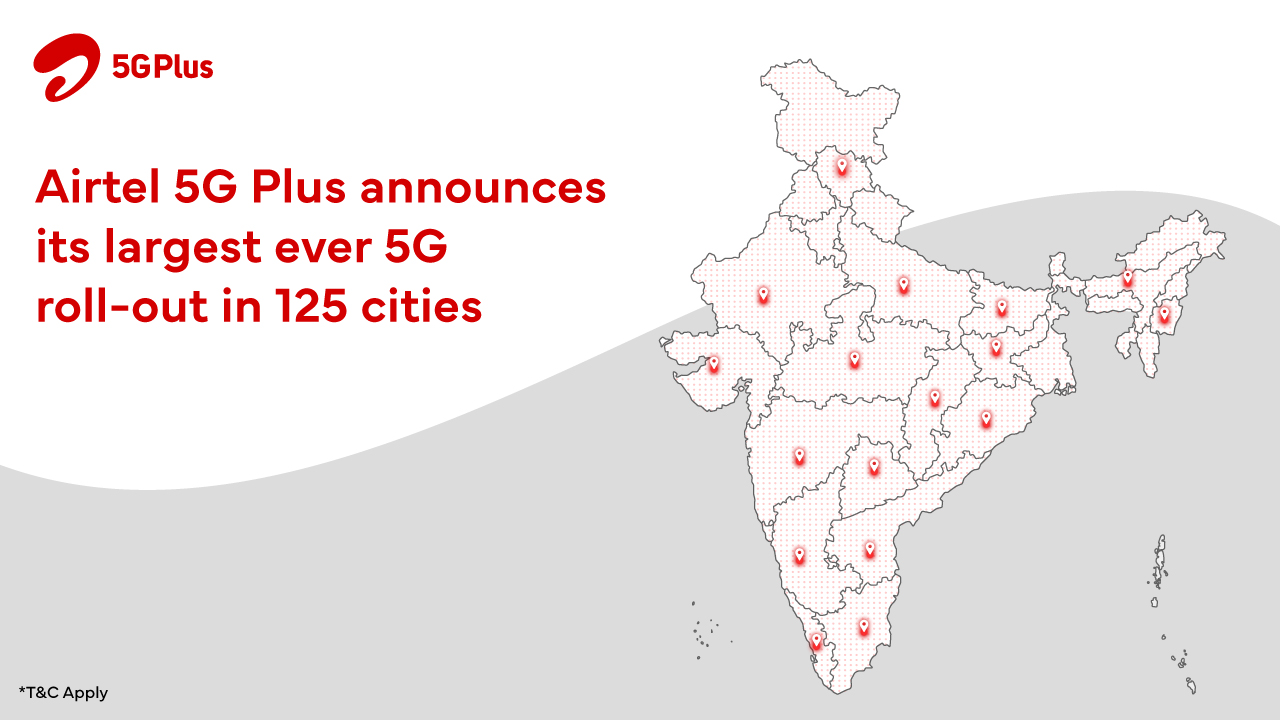
NEW DELHI: Bharti Airtel, India’s telecommunications services provider, today announced the launch of its ultra-fast 5G services in 125 cities. Airtel 5G Plus service is now available to customers in over 265 cities in the country.
Airtel 5G Plus has three compelling advantages for customers. First, it runs on a technology that has the widest acceptance in the world with the most developed ecosystem. This ensures that all 5G smartphones in India seamlessly work on the Airtel network. Second, the company promises to deliver the best experience – between 20 to 30 times higher speeds than today coupled with brilliant voice experience and super-fast call connect. Finally, Airtel 5G Plus network will also be kinder to the environment with its special power reduction solution. Powered by the reliable Airtel network infrastructure, Airtel 5G Plus will provide superfast access to High-Definition video streaming, gaming, multiple chatting, instant uploading of photos et all.
Commenting on the launch, Randeep Sekhon, CTO, Bharti Airtel said, “5G has revolutionized the world of internet, ushering new era of connectivity and communications that will prove to be a game-changer for the country. At Airtel, we remain committed to delivering the highest quality of network and service to our customers as we roll-out 125 more cities today. Airtel was the first in the country to offer 5G services in October 2022, and today’s mega launch is our promise to connect every Airtel customer in the country with ultra-fast Airtel 5G Plus. Our 5G rollout is on track to cover all towns and key rural areas by March 2024.”
Airtel 5G Plus service availability will continue to rapidly expand – including service in all towns and villages in the country soon – as the company is working towards offering nationwide coverage. Airtel is now offering its 5G services in every major city from the upper northern city of Jammu to the southern tip of Kanyakumari.
In the last one year, Airtel has demonstrated the power of 5G with a host of powerful use cases that will change the way customers lead their lives and do business. From India’s first live 5G network in Hyderabad to India’s first private 5G network at the BOSCH facility in Bengaluru to partnering with Mahindra & Mahindra to make its Chakan manufacturing facility, India’s first 5G enabled auto manufacturing unit, Airtel has been at the forefront of 5G innovation.
5g
Apple rolls out beta programme for iPhones to enable 5G services

NEW DELHI: Apple Inc has rolled out a beta programme to enable 5G on Apple devices as the upgrade lets users try out pre-release software.
This software upgrade enables 5G access on Apple devices, as and when service providers Jio, Airtel and Vodafone enable 5G network access, sources said.
Apple Users have to enrol for the Beta Programme on the website, install a profile and download the software.
Jio users using iPhone 12 and above, in cities where JioTrue5G has been rolled out, will be invited to the Jio Welcome Offer. Jio Welcome Offer provides unlimited 5G data at up to 1 Gbps speed to users at no additional cost. However, there is a condition that prepaid users must be on active Rs 239 and above plan. All Postpaid users are eligible for this trial.
Airtel is not providing any special 5G offer like Jio to their users. In the cities/areas in which the Airtel 5G network has been launched, users can trial 5G services as a part of their existing plan, once they have updated the latest Apple Beta software.
While an email sent to Apple did not solicit an immediate response, the firm had last month stated: “We are working with our carrier partners in India to bring the best 5G experience to iPhone users as soon as network validation and testing for quality and performance is completed. 5G will be enabled via a software update and will start rolling out to iPhone users in December”.
Airtel and Jio customers on iPhone 14, iPhone 13, iPhone 12 and iPhone SE (3rd generation) models can experience 5G as part of Apple’s iOS 16 Beta Software Program. The Apple Beta Software Program is open to anyone with a valid Apple ID who accepts the Apple Beta Software Program Agreement during the sign-up process.
If a user has an iCloud account, that is an Apple ID, it is recommended they use that. If they do not have an iCloud account or any other Apple ID, they can create one.
Customers who want to try the beta software should back up their iPhones before installing the beta software. It is recommended to install the beta software only on non-production devices that are not business-critical. Users can also provide feedback to Apple on quality and usability, which helps Apple identify issues, fix them, and make Apple software even better.
The iOS beta comes with the built-in Feedback Assistant app, which can be opened from the Home screen on the iPhone or iPad or from the Dock on the Mac.
Source: Press Trust of India
5g
Nokia wins multi-year deal with Reliance Jio India to build one of the largest 5G networks in the world
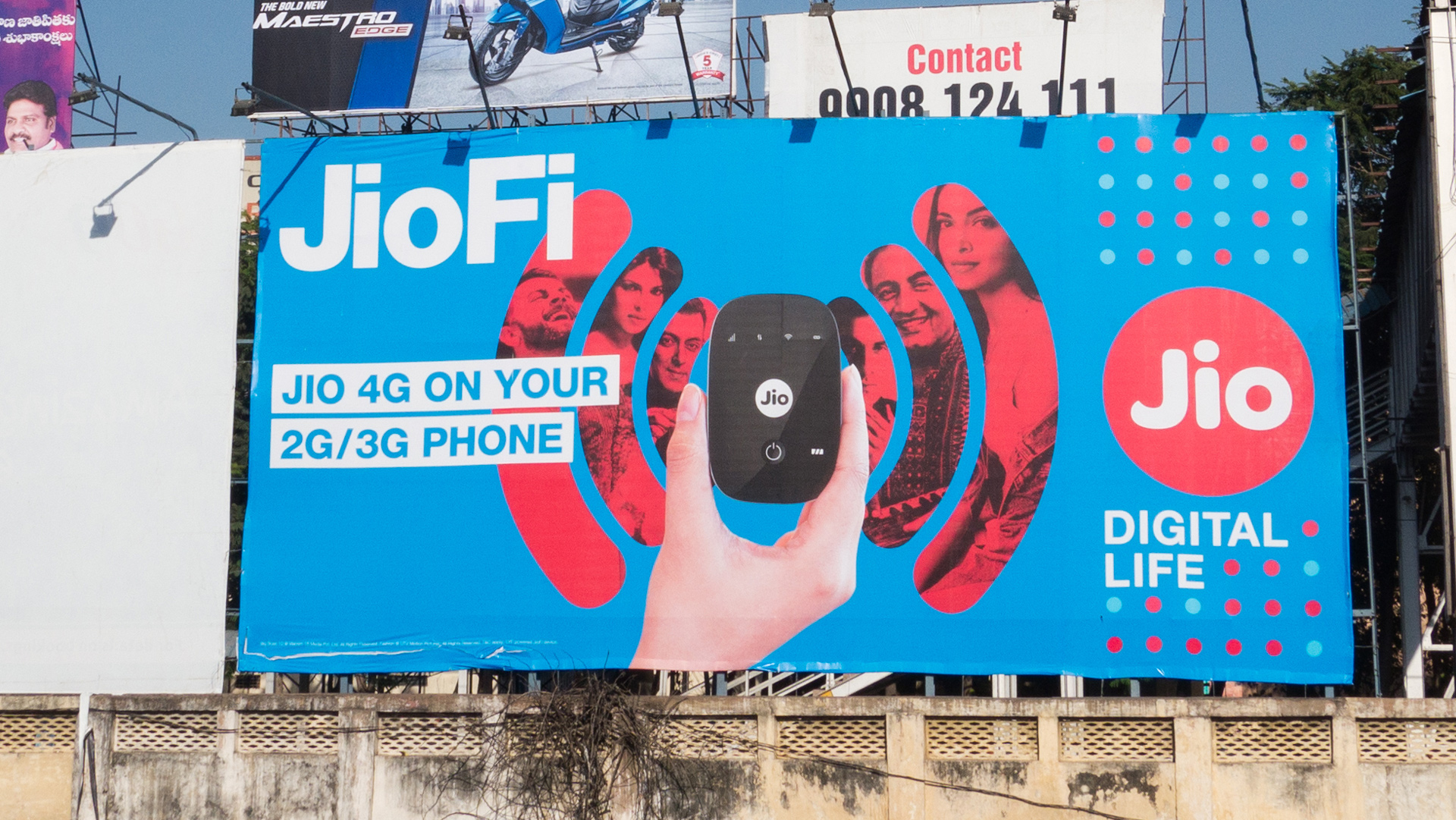
NEW DELHI: Nokia has announced that it has been selected as a major supplier by Reliance Jio to supply 5G Radio Access Network (RAN) equipment from its comprehensive AirScale portfolio countrywide in a multi-year deal. Reliance Jio is India’s number one mobile operator and has one of the largest RAN footprints in the world.
Under the contract, Nokia will supply equipment from its AirScale portfolio, including base stations, high-capacity 5G Massive MIMO antennas, and Remote Radio Heads (RRH) to support different spectrum bands, and self-organizing network software. Reliance Jio plans to deploy a 5G standalone network which will interwork with its 4G network. The network will enable Reliance Jio to deliver advanced 5G services such as massive machine-to-machine communications, network slicing, and ultra-low-latency.
Akash Ambani, Chairman Reliance Jio, commented: “We are pleased to be working with Nokia for our 5G SA deployment in India. Jio is committed to continuously investing in the latest network technologies to enhance the experience of all of its customers. We are confident that our partnership with Nokia will deliver one of the most advanced 5G networks globally.”
Pekka Lundmark, President and CEO at Nokia stated: “This is a significant win for Nokia in an important market and a new customer with one of the largest RAN footprints in the world. This ambitious project will introduce millions of people across India to premium 5G services, enabled by our industry-leading AirScale portfolio. We are proud that Reliance Jio has placed its trust in our technology and we look forward to a long and productive partnership with them.”
Nokia has a long-standing presence in India. This new deal will mean that Nokia is now supplying India’s three largest mobile operators.

